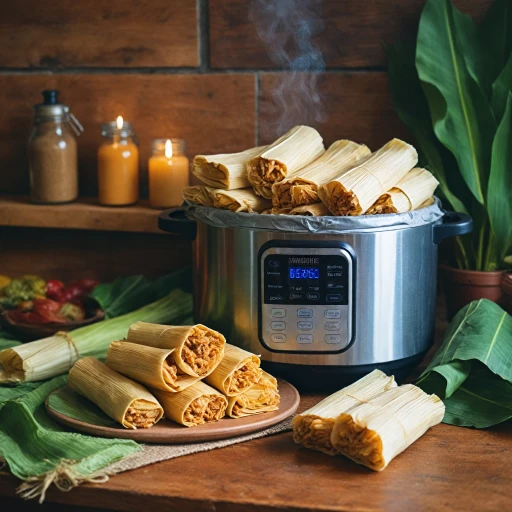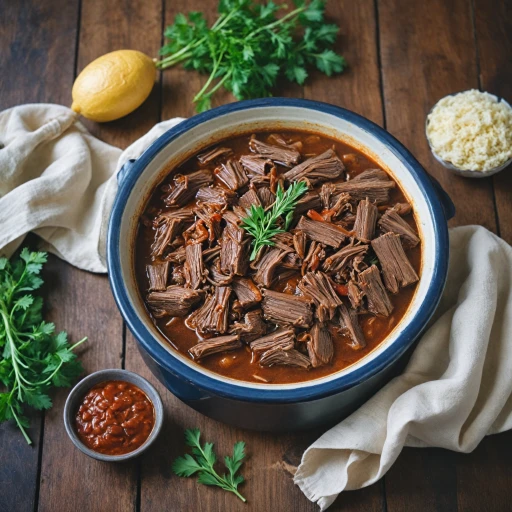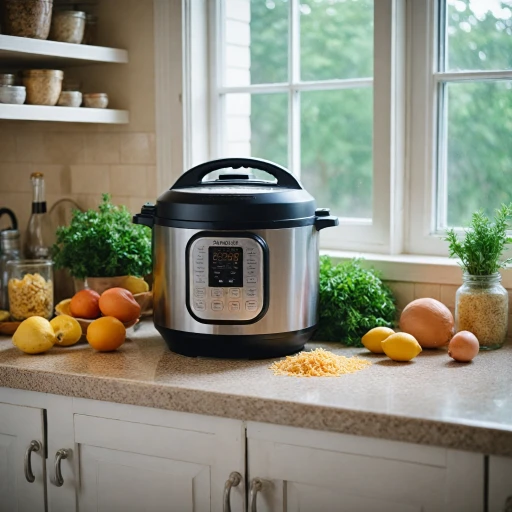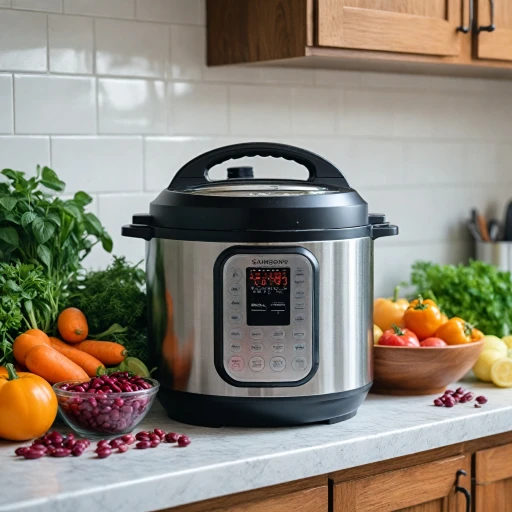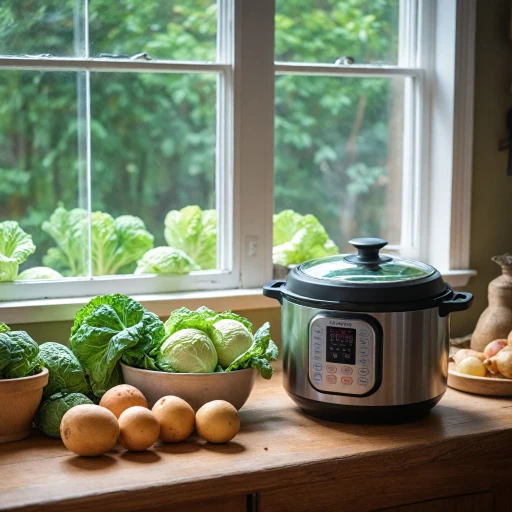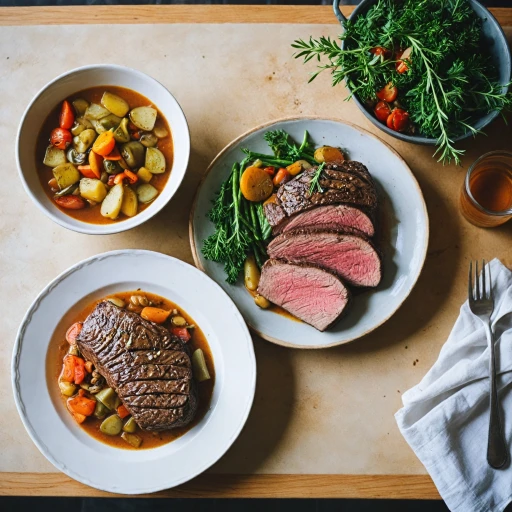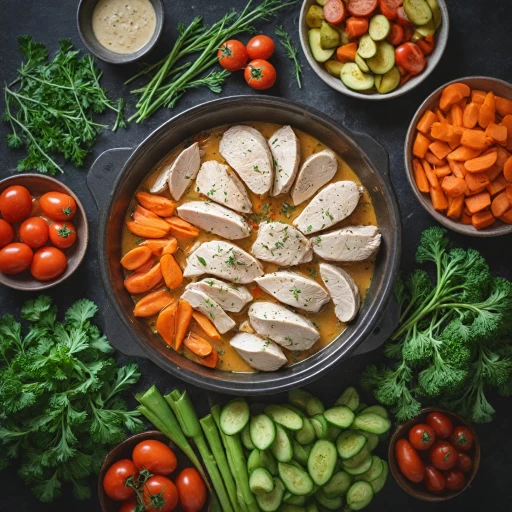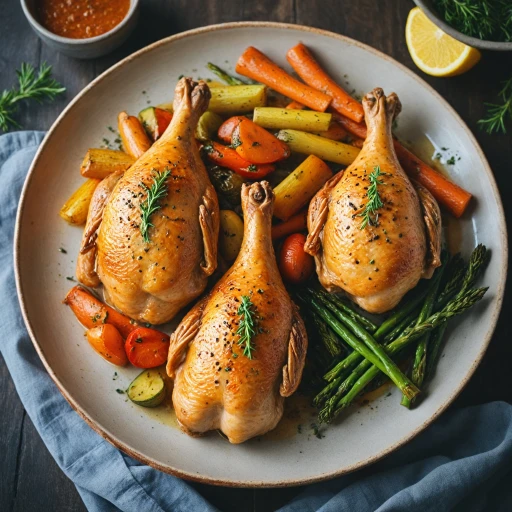
Understanding Your Instant Pot
Unveiling the Wonders of the Instant Pot
The Instant Pot has revolutionized the way we perceive cooking, especially when it comes to crafting the perfect pork shoulder roast. This versatile appliance combines the functionalities of a pressure cooker, slow cooker, and much more into one compact pot. It allows for the retention of flavors while significantly reducing cooking times, making it a culinary asset for both seasoned chefs and amateur cooks alike.
Understanding your Instant Pot is the first step in mastering pork recipes. This appliance uses high pressure to cook food faster than conventional methods. It features various settings suitable for different types of cooking techniques, such as roasting, pressure cooking, and slow cooking. Familiarize yourself with its presets and manual adjustments to get the most tender pork shoulder or pot roast.
You're probably curious about the intricate details of how to use your Instant Pot effectively. Knowing the ins and outs of this gadget prepares you for choosing and preparing your cut of pork, as well as for setting the correct cooking time to ensure tenderness. Whether you aim to create a succulent pulled pork or a juicy pork butt, paying attention to pressure settings and cooking liquid like chicken broth or soy sauce can make all the difference in flavor and texture.
Stay tuned as we delve into selecting the best pork shoulder cut, effective prepping techniques, and troubleshooting the common issues that might surface during your cooking journey.
Choosing the Right Pork Shoulder
Selecting the Best Cut for Pressure Cooking
Choosing the right cut of pork shoulder roast for your instant pot recipes affects not only the taste but also the tenderness and juiciness of the final dish. With so many options available, it is important to know what to look for when purchasing pork for your pressure cooker.- Pork Shoulder vs. Pork Butt: Often, recipes for pulled pork and roast pork will call for either pork shoulder or pork butt. Despite the name, pork butt comes from the upper part of the shoulder. Both cuts work well, but pork butt tends to be slightly more marbled with fat, making it ideal for a moist and flavorful dish.
- Check for Marbling: When selecting your pork shoulder roast, look for good marbling. The fat that is distributed throughout the meat will help to keep it moist during the pressure cooking process.
- Bone-In vs. Boneless: Both bone-in and boneless cuts will work in your instant pot. Bone-in can add extra flavor, while boneless provides ease of carving and handling. Consider what best suits your recipe goals and personal preferences.
- Consider the Size: The size of your cut should fit comfortably in your instant pot. Your pressure cooker should have adequate space for the cooking liquid such as chicken broth or soy sauce, which helps form a perfect pot roast.
Prepping Your Pork Shoulder Roast
Getting Ready to Cook: Prepping Tips for Success
Preparing your pork shoulder for an Instant Pot recipe is an essential step for ensuring a successful and delicious dish. Here’s how you can start off on the right foot with your pork roast. Start by selecting a pork shoulder or pork butt. The key to a moist and tender roast is in choosing a cut with ample marbling. The fat within the meat helps in keeping it juicy during the pressure cooking process. Next, take your pork shoulder and pat it dry with paper towels, as too much moisture on the surface can inhibit a good sear.- Season generously: Rub the pork shoulder with a good amount of salt and olive oil. For additional flavor, consider adding some soy sauce, garlic powder, or your favorite spice rub.
- Sear the roast: Use the sauté function on your Instant Pot to brown the pork on all sides. This step helps lock in the flavors and creates a desirable crust on the meat, making it more enjoyable once the roast is done.
- Add cooking liquid: Before initiating the pressure cooking, pour in chicken broth or water into the pot. This prevents the meat from drying out and aids in achieving that melt-in-your-mouth texture. For added depth, you can include a bit of soy sauce into the broth.
Cooking Techniques for Tender Pork
The Science Behind Pressure Cooking
Cooking pork shoulder in your instant pot involves understanding how pressure cooking works to tenderize the meat efficiently. The rapid increase in pressure inside the cooker raises the boiling point of water, enabling faster cooking times compared to traditional methods. This principle allows the pork shoulder to break down collagen into gelatin, resulting in a deliciously tender roast.Sautéing for Enhanced Flavor
Before pressure cooking, consider using the sauté function on your instant pot. Heat a bit of olive oil in the pot, and brown the pork on all sides. This step adds complexity to the dish by caramelizing the surface of the meat and enhancing the overall flavor profile.Selecting the Right Cooking Liquid
Choosing the right cooking liquid is crucial as it imparts flavor to the pork shoulder while preventing it from drying out. Use chicken broth or a mixture of chicken broth and soy sauce to add depth. Ensure that there are at least one cup of liquid to generate the necessary steam for pressure cooking.Adjusting Cooking Time
As a general rule, pressure cooking a pork shoulder requires about 15 minutes per pound at high pressure. However, consider the specific cut—whether it's a butt or shoulder roast—and adjust the cooking time accordingly. After the cooking cycle completes, allow the pressure to release naturally for about 10-15 minutes to further enhance tenderness.Determining Doneness
After releasing the pressure, check if the pork is fork-tender by inserting a fork into the meat and twisting. If the meat pulls apart easily, it's ready. If not, reseal the cooker and add a few more minutes of cooking time, followed by a natural pressure release.Finishing Touches
Once cooked, remove the pork from the instant pot and let it rest for a few minutes before shredding or slicing for serving. Trickle a bit of the cooking liquid over the meat to keep it moist. If you wish to make pulled pork, combine the shredded meat with your favorite barbecue sauce for an extra burst of flavor. This step highlights the versatility of pork shoulder recipes, ensuring this dish can be tailored to your preference.Troubleshooting Common Issues
Troubleshooting Tips for Optimal Results
Preparing a delicious pork shoulder roast can come with its share of challenges. Anticipating these common issues will help ensure your roast is cooked to perfection. Here’s how you can troubleshoot potential problems and keep your pork roast tender and tasty.- Undercooked Meat: If you find your pork shoulder is not cooked through, simply add more pressure cooking time in small increments, about 5 to 10 minutes, and allow the pressure cooker to do its magic. This ensures your meat reaches the desired tenderness.
- Dry Pork: To prevent the meat from drying out, ensure you have enough cooking liquid, like chicken broth or water, in the pot. This keeps the roast moist and juicy throughout the process.
- Burn Warning: Instant pots sometimes display a burn warning when the sauce or liquid is too thick. To avoid this, ensure you evenly distribute a combination of olive oil and your selected broth to help blend the ingredients. Stir well before starting the pressure cooking process.
- Flavor Enhancement: If your roast lacks flavor, consider adjusting your seasoning. Incorporate spices like salt, pepper, and perhaps a hint of soy sauce to enhance the taste profile. Experiment with a variety of recipes to find what best suits your palate.
- Tough Meat: For a tougher cut of pork, like pork butt or pork shoulder, a longer pressure cooking time at high pressure may be needed. Patience is key when transforming a tough cut into succulent, pulled pork.

